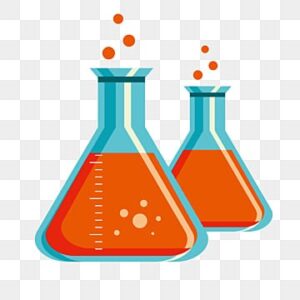Exploring the Relationship Between Calorie and Specific Heat in Thermodynamics
In the realm of thermodynamics, specific heat is a crucial concept measured in calories, indicating the amount of heat energy required to raise the temperature of a unit mass by one degree Celsius. While the calorie is not part of the International System of Units (SI), it is a vital unit of measurement in this context, equivalent to 4.184 joules.
The concept of specific heat refers to how much heat is needed to raise the temperature of a substance by one degree. It can be calculated using the formula: cs = Q / (m ∙ Δt), where Q is the heat energy in joules, m is the mass of the substance, and Δt is the temperature change.
Conservation of energy principles dictate that the heat transferred from one system must be equal to the heat gained by another: qsystem + qsurroundings = 0. These fundamental laws play a significant role in predicting various values in the interaction between a system and its surroundings.
Practical Applications
To illustrate these concepts, let’s delve into some practical exercises:
1.
Calculating Heat Requirements
: Determine the heat needed to raise the temperature of 100 grams of lead (Pb) by 20°C, given the specific heat capacity of lead as 0.128 J/g ∙ K.Q = 0.128 J/g ∙ K ∙ 100 g ∙ 20 = 256 J
2.
Temperature Change Analysis
: Find the final temperature when 130 grams of copper at 120°C are immersed in 300 grams of water at 20°C. The specific heat capacities of copper and water are 0.387 J/g∙K and 4.184 J/g∙K, respectively.By equating the heat lost by the copper to the heat gained by the water, the final system temperature can be determined.
In conclusion, grasping the concepts of calorie and specific heat in thermodynamics proves invaluable in various practical scenarios, particularly when calculating heat energy requirements and temperature alterations in different systems.
